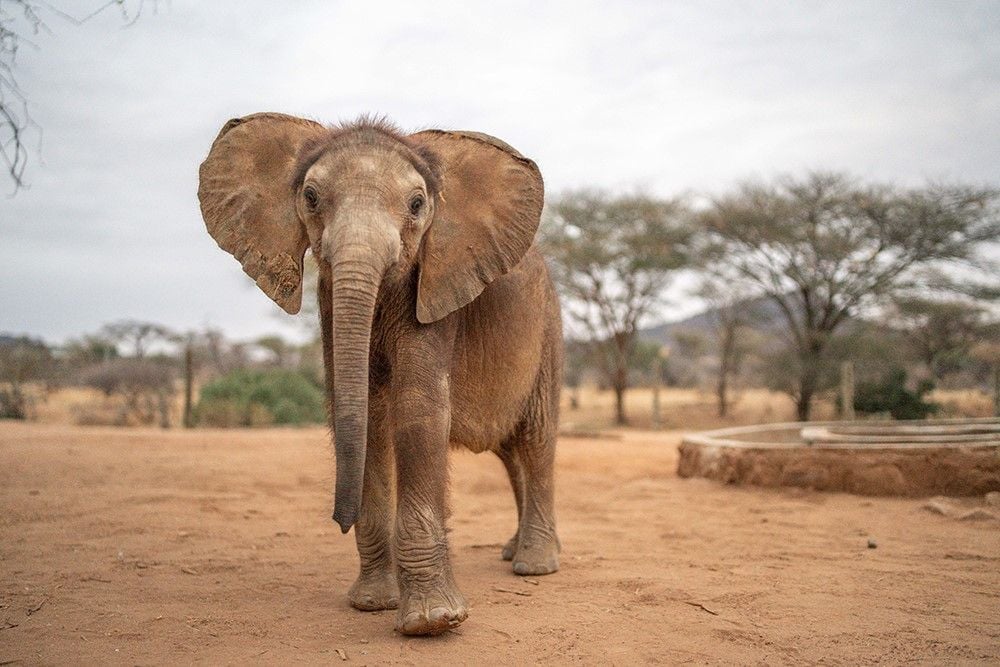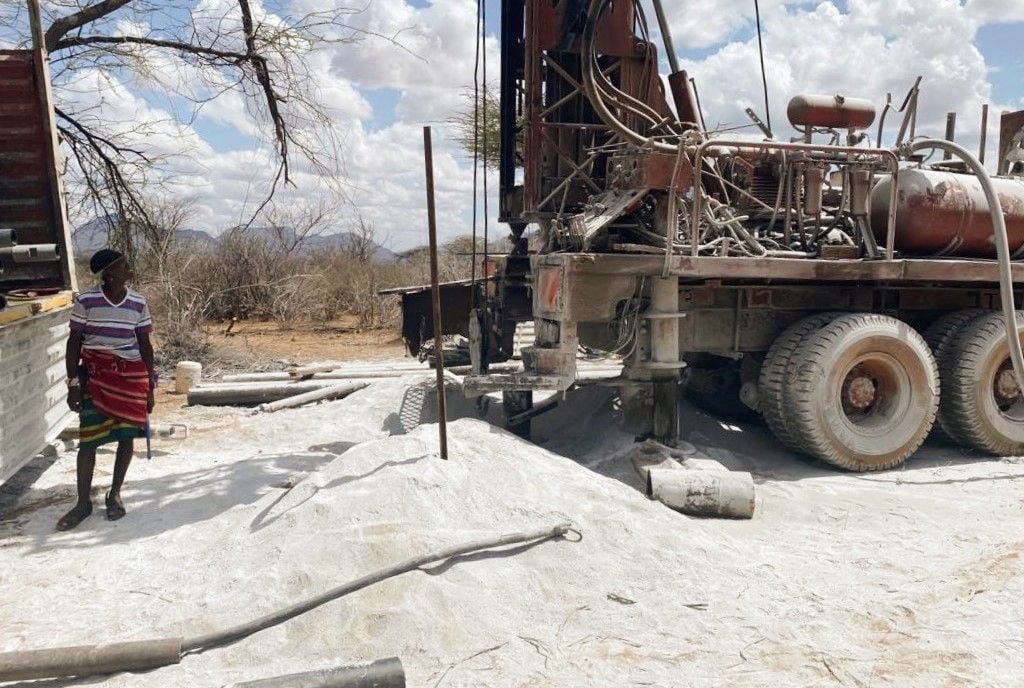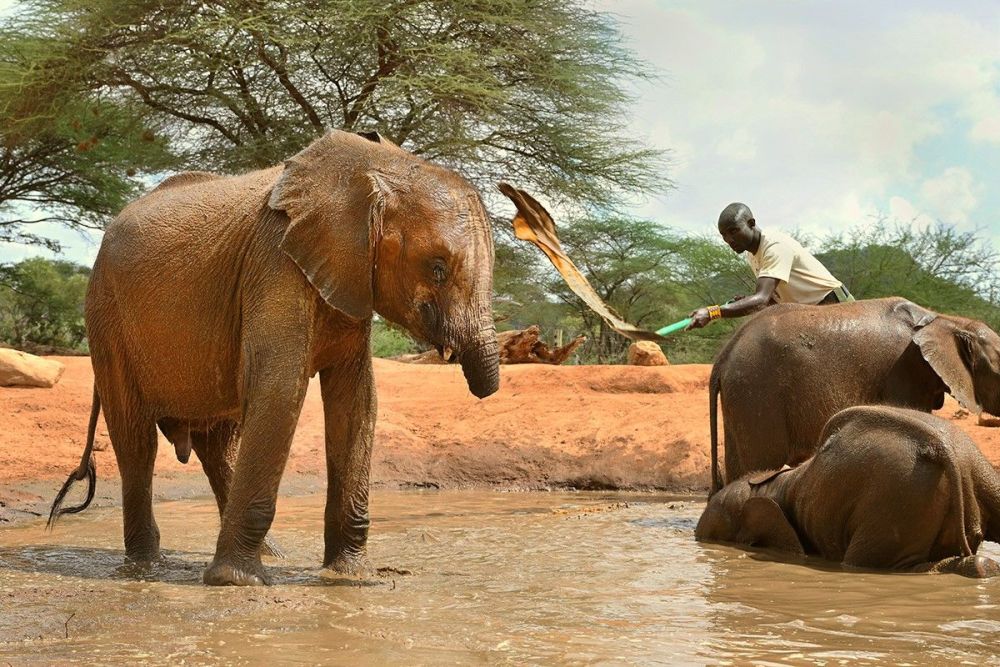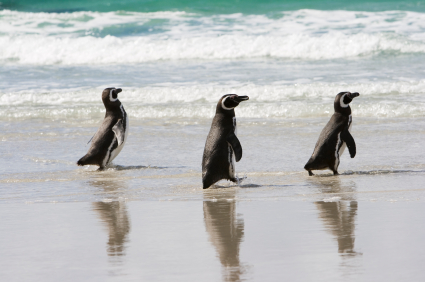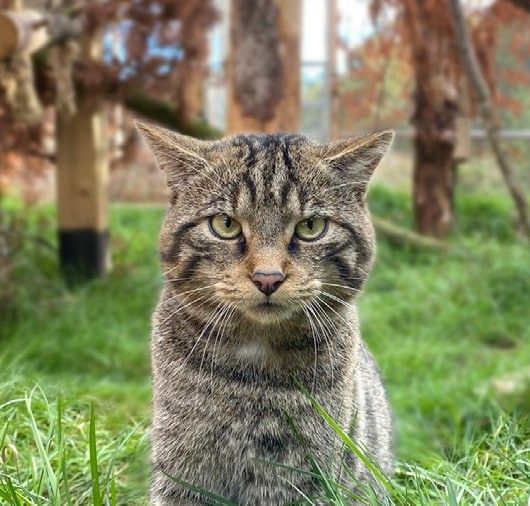SUCCESS! The Archers Green Appeal in Hertfordshire
Posted on
UPDATE on 18 October 2023: GREAT NEWS!
The Archers Green Appeal in Hertfordshire has raised the £500,000 it needed to purchase Archers Green!
This is thanks to donors from supporters and a very generous legacy. Working together, we can all make a difference!
Now, while you're here, how about taking a look at the Derbyshire Wildlife Trust appeal? They are trying to raise £300,000 to buy 83 acres of farmland and create a new nature reserve that will provide new territory for wildlife. Find out more here.
Here's the background....
The Hertfordshire and Middlesex Wildlife Trust are trying to raise £500,000 to buy land which has vulnerable habitats. The 20 acre site is near Welwyn Garden City and it has wildlife such as the water vole, harebell and skylark. Water voles are the UK’s fastest declining mammals.
The funds are needed to pay back a philanthropic loan which was used to take the site off the market. At the time, the Trust had to act very fast to save the site and stop it falling into “unsympathetic” hands.
It is vital to protect more land for wildlife and Archers Green flanks a river which is one of only 240 chalk streams in the world – the River Mimram. The Trust says rivers like this are the UK’s equivalent to tropical rainforest. It also has grasslands, critical habitat for wildlife. So action had to be taken really fast.
If the funds aren’t raised, it maybe that the site has to go back on the open market.
Find out more about the Appeal
The other key thing about Archers Green is that it sits between the Tewinbury Nature Reserve and Panshager Park. Wildlife need connected landscapes because these areas enable them to move around and to breed. So if the funds can be raised, it means that the Trust can ensure the safety of the land for wildlife.
The Trust points out that the areas has already lost crucial wildlife homes and corridors. 76 species went with that loss, leaving 1,446 under the threat of extinction.
What will the funds be used for?
- To pay back the philanthropic loans – this will mean that the site can be taken off the market.
- To cover initial establishment costs such as fencing installation, tree safety, ash die back mitigation, monitoring activities and livestock grazing. And to cover the management of the site on a daily basis for up to 20 years.
If the funds can’t be raised, it may be that the remaining costs can be met from the financial reserves but this would mean taking key funds away from other nature reserves which also need managing and improving.
We need to save land for wildlife.
Wildlife need us to help them.
Visit the Hertfordshire and Middlesex Wildlife Trust's website
View the Trust's You Tube videos
